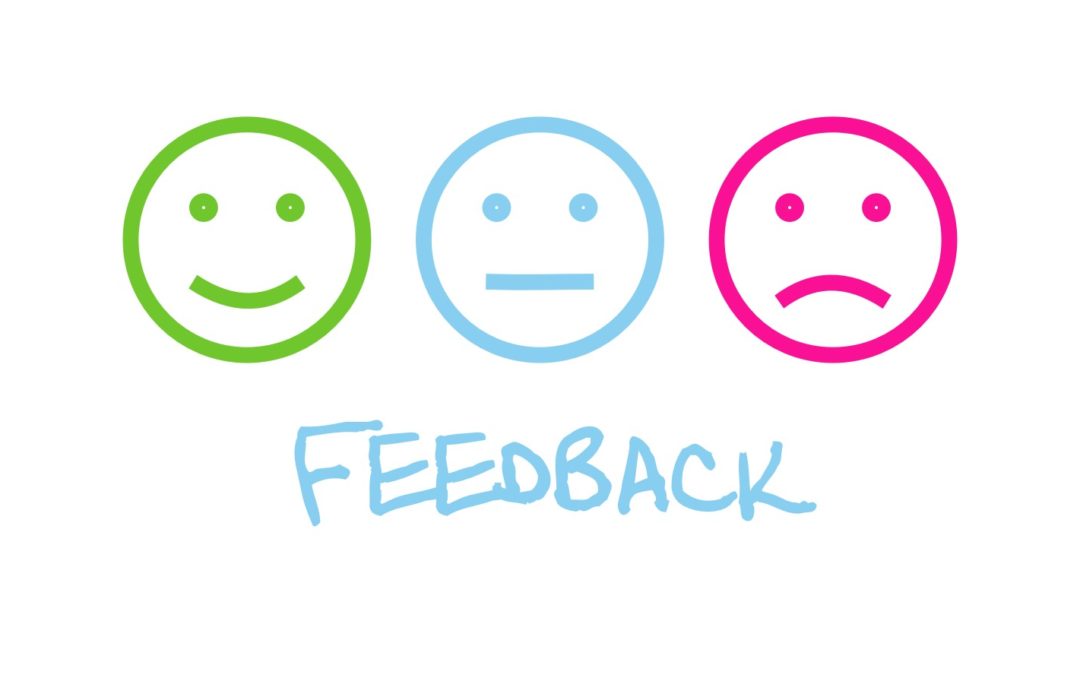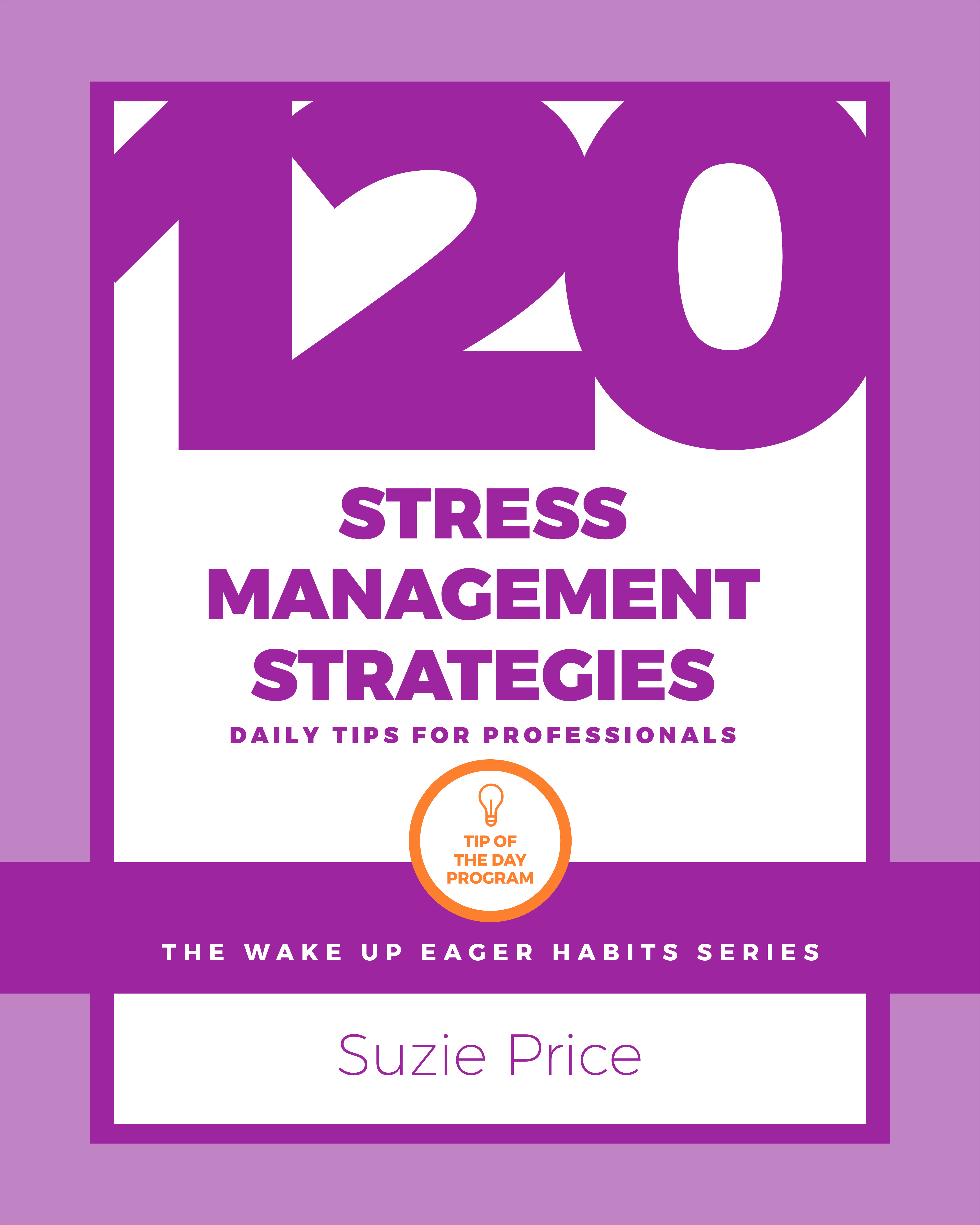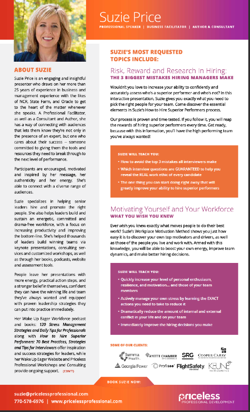The Know How You Need & the Tools to Get You There... Get Certified >

Six Effective 360 Feedback Tips and Eleven Must-Have Feedback Behaviors

Feedback can help us become a more robust and better version of ourselves.
On Page 1 of this 360 Feedback Survey Article, I shared what Kellie Pickler (of singing contestant show American Idol fame) has to do with leadership skill development - in summary, the critical element for success in anything is feedback.
Getting good at receiving feedback is essential for all professionals progressing toward advancement and 'stardom.'
But we need help. Most of us could be better at asking for feedback OR effectively giving input daily. That's where well-run 360 feedback survey projects can help.
What is 360 Degree Feedback?
It is a personal and professional development process that
involves getting anonymous feedback about specific sales and
leadership traits and competencies from people who observe
the Subject's behaviors at work regularly.
Raters can include direct reports, peers, managers, and customers.
Results help measure sales and leadership qualities and are used to support an
Employees leverage their strengths and close gaps.
Six Tips for Effective 360 Feedback Survey Administration:
Use these Tips to make sure that your 360-degree feedback project is successful:
- #1: Communicate in Advance: You must explain why the survey is being conducted and how it will be used.
You must share why* this project is vital to the organization, department, team, and the individual or entity receiving the feedback. *If you can’t effectively share “WHY” this matters in ALL FOUR areas, that's a sign you’re not ready to conduct a 360 survey.
You also want to explain EXACTLY how the information will be used and, SPECIFICALLY, who will see the results. - #2 Process Tip: Use a survey tool that assures anonymity to all people giving feedback.
If Raters do not feel that their feedback is confidential, they will be less than forthcoming, and your data collection will be less than helpful, as the input will not tell 'the real story.' Also, Survey Monkey does NOT message Raters that the information they are sharing is secure and confidential.
Also, in your 360 feedback survey set-up, ensure you have 3+ raters for each Rater category (except Manager). For example, three direct reports, three peers, and three customers - this helps ensure a higher degree of anonymity for the Raters. - #3 Train People How to Give Good Feedback: Instruct all Raters on giving helpful feedback.
These instructions are not complicated, but they must be direct and straightforward. And as a plus, this provides communication skill development for everyone involved. - #4 Great Role Models: Make sure that the people reviewing the results of each 360 feedback survey (the Coaches) also know how to give effective feedback to the Subjects who are learning about their own Survey Results.
Your Coaches should model the behaviors found in my must-have feedback behaviors list. - #5 Do Something With the Data: Survey Subjects MUST share an
overview of the final results with all the Raters.
Each rater took time to give feedback; they deserve to know the results, and if something needs to be communicated back to them, most will become resentful.
Also, get Raters involved in helping close skill development gaps revealed in the Survey. Get each Subject to let their Raters know what areas are being focused on for improvement. Subjects should ask Raters to share their observations when they see progress or things are not improving. - #6 Culture: Make giving and getting feedback a part of your culture - get and give feedback often, formally, and informally.
Most importantly, an 'openness to feedback' example comes from the top.
“The leader of the past was a person who knew how to tell.
The leader of the future will be the person who knows how to ask.”
Peter Drucker.
Eleven Must-Have Behaviors for Effective Feedback

Here are eleven must-have behaviors for anyone who's giving feedback.
- #1 Demonstrate that you care.
Overall, if everything else fails, the best thing a Coach could do is show that you care, even when the feedback is less than glowing. Caring makes all the difference. Please review all the must-have behaviors listed below, as they will help you SHOW feedback recipients that you care. - #2 Do not hold feedback sessions when you are tired, irritable, cranky, and stressed.
Show up to the scheduled feedback meeting rested, interested, and clear-mind. Plan. Get a good night's rest the night before. Don't cram feedback sessions into an already maxed-out schedule. - #3 Tune into the person in front of you.
Eliminate distractions such as phones, computers, and people coming in and out. - #4 Listen Aggressively.
The Definition for Listening aggressively is: To hear with determination and energetic pursuit, demonstrating a desire to understand. (You cannot overdo listening.) - #5 Use these physical actions to demonstrate a desire to understand: lean forward, use good eye contact, don’t interrupt, and ask questions.
- #6 Cultivate and share a positive belief in yourself and the Person Being Coached.
- #7: Use the 3:1 sharing ratio of three positive insights to every one-course correction.
- #8 ALWAYS, ALWAYS, ALWAYS ask the Person Being Coached their opinion or thoughts FIRST.
Here is an example: “Suzie, what do you think you did well? What would you improve?” - #9: A Good Question Format to Use: WWCD.
-What happened?
-Why did that happen?
-What are the consequences of this, and would you do anything differently next time?
-What will you do next, if anything? - #10 Address behaviors, not personality.
Eliminate emotional statements like “You always” and “You never.” - #11 Ask the Person Being Coached to share what has been most helpful and ask them to review the next steps they will take.
Schedule a time for follow-up.
Benefit from the power of 360 feedback survey results by setting up feedback programs for success!
Feedback is powerful - share it, receive it, and you and your team will grow and expand. Sales and leadership skill development are enhanced with surveys because they teach strong habits of feedback and communication.
“If your actions inspire others to dream more, learn more,
do more and become more, you are a leader.”
John Quincy Adams

Need 360 Feedback Assistance? If you are starting or considering a 360 feedback project, consider 20/20 Insight software SYSTEM that makes it possible for you to easily measure the performance of a person, a team, or the entire organization with customized surveys and done-for-you-survey-templates: Survey Software System
If you would like to discuss your project in a complimentary consulting call or if you think you need survey administration and facilitation assistance, contact Suzie Price.
LET'S TALK:
Contact us to schedule a Complimentary Consulting Call
or to ask questions about any of our Hiring,
Coaching, Training and Assessment services.




